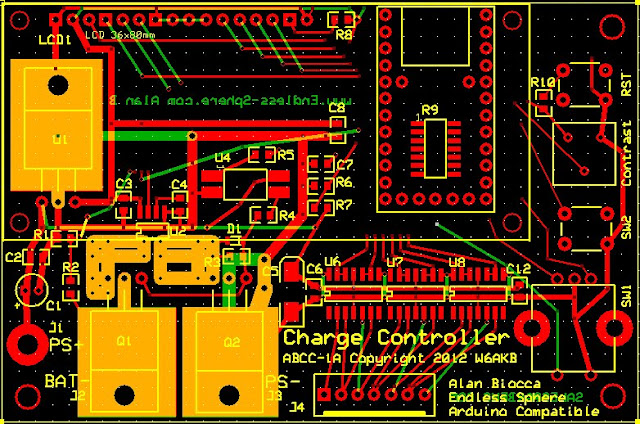deVries
100 kW
Alan B said:It takes a "basic" charger and makes it into an "advanced" or "deluxe" charger.
I would add to that... It also makes it MUCH SAFER to charge and after charge too, since it can shut the charge off AC/DC "both sides" completely too. [<=Edit: Does not cut the AC side off, so that would need to be done another way if required.]
I believe it will cut or switch the AC power off too, so no power is left on the PS Charger keeping it "hot on". [<=Edit: Does not cut the AC side off, so that would need to be done another way if required.]
This design will also have "the effect" of preventing battery voltage/current from reversing and going back into the PS Charger from the battery too.
Please correct me where I'm mistaken... [Edit: See Next Post from Alan.] Thanks.
Here are some comments from Doctorbass about protecting your PS Charger...
Doctorbass said:miuan said:ALWAYS operate the charger with an output fuse!
I would rather recommand using two schottky diode! it will really protect against reverse polarity.
you install one in parallel with the charger output ( in the non conducting way) than after that you connect one fuse in serie and than one schotkyy diode in serie on.
by that way you will protect against EVERYTHING, :
-Higher voltage battery than charger output
- reverse polarity
- battery being drained by the charger when unpowered
Cost 5-10$ and 15 minute of work.
Will save you 200-300$ and few hours of frustrations!
Doc



